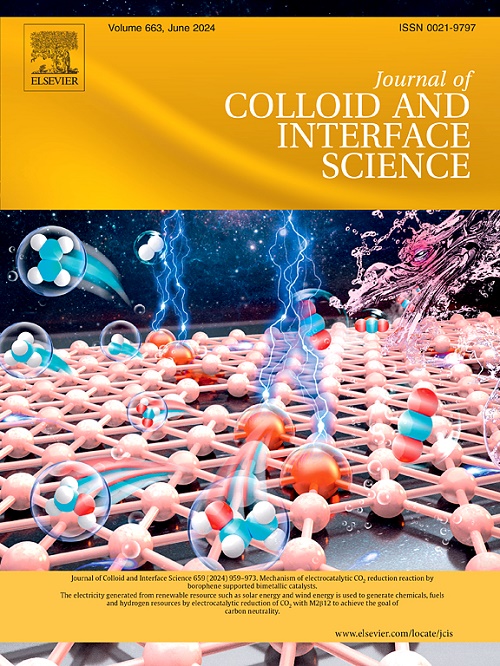Non-free radical regulation mechanism based on pH in the peroxymonosulfate activation process mediated by single-atom Co catalyst for the specific rapid degradation of emerging pollutants
IF 9.4
1区 化学
Q1 CHEMISTRY, PHYSICAL
引用次数: 0
Abstract
Persulfate-based advanced oxidation technologies (PS-AOPs) show great potential in treating emerging pollutants because of their multiple reaction pathways induced by a variety of reactive species. However, the modulation of the reactive species in PS-AOPs and the specificity of reactive species for contaminants have still not received adequate attention. In this work, the feasibility of pH on modulating reactive species in PS-AOPs mediated by single-atom Co catalyst (CoSA) and the relationship between each species and contaminant were deeply discussed. In the CoSA/PMS system, Co(IV) was the predominantly active species in acidic conditions, and 1O2 was the predominantly active species in neutral and alkaline conditions. Specific degradation relationships with various pollutants were explored based on different major active species regulated under different pH conditions. Density Functional Theory (DFT) and experimental results demonstrated that organic pollutants with high EHOMO (Energy of the Highest Occupied Molecular Orbital), low VIP (Vertical Ionization Potential) and ΔE (Energy Gap) were susceptible to oxidative degradation. Sulfonamide compounds, phenol compounds and tetracycline compounds tended to be attacked by 1O2. And the carbamazepine compounds and quinolone compounds tended to be attacked by Co(IV). This study will provide new perspectives on reactive species regulation and specific degradation of pollutants, and offer innovative ideas for rapid remediation of emerging pollutants in aquatic environments.

单原子 Co 催化剂介导的过硫酸盐活化过程中基于 pH 值的非自由基调节机制,用于特定快速降解新出现的污染物
本文章由计算机程序翻译,如有差异,请以英文原文为准。
求助全文
约1分钟内获得全文
求助全文
来源期刊
CiteScore
16.10
自引率
7.10%
发文量
2568
审稿时长
2 months
期刊介绍:
The Journal of Colloid and Interface Science publishes original research findings on the fundamental principles of colloid and interface science, as well as innovative applications in various fields. The criteria for publication include impact, quality, novelty, and originality.
Emphasis:
The journal emphasizes fundamental scientific innovation within the following categories:
A.Colloidal Materials and Nanomaterials
B.Soft Colloidal and Self-Assembly Systems
C.Adsorption, Catalysis, and Electrochemistry
D.Interfacial Processes, Capillarity, and Wetting
E.Biomaterials and Nanomedicine
F.Energy Conversion and Storage, and Environmental Technologies

 求助内容:
求助内容: 应助结果提醒方式:
应助结果提醒方式:


